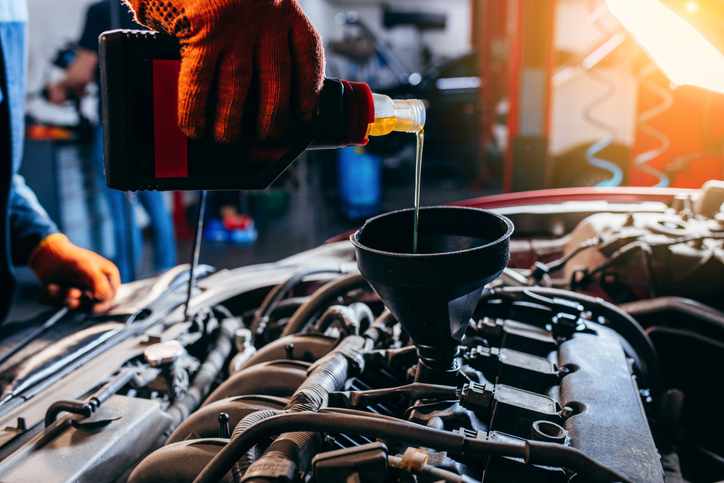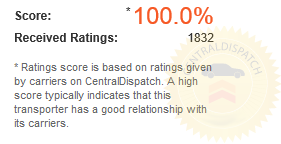What engine oil does
How to ensure you have enough

What engine oil does
Engine oil is a vital component in the proper functioning and longevity of a vehicle’s engine. It serves several critical functions that contribute to the overall health and performance of the engine. One of the primary functions of engine oil is to lubricate the moving parts within the engine. As the engine operates, various components such as pistons, crankshafts, camshafts, and bearings undergo constant friction and heat. Engine oil forms a protective layer between these components, reducing friction and wear. This lubrication is essential for preventing metal-to-metal contact, ensuring smooth operation, and extending the lifespan of engine parts.
Engines generate a significant amount of heat during combustion. Engine oil helps dissipate this heat by carrying it away from the hot components and transferring it to the oil pan. Efficient heat regulation prevents the engine from overheating, which could lead to component damage and reduced performance. Engine oil acts as a cleaning agent, picking up and suspending contaminants such as dirt, debris, and combustion by-products. These particles are then trapped by the oil filter, preventing them from circulating through the engine. Regular oil changes are crucial to ensure that the oil remains effective in carrying away contaminants.
Engine oil helps maintain the integrity of seals and gaskets within the engine. It prevents them from drying out, cracking, or becoming brittle, which could lead to oil leaks. A proper oil film around these components ensures a tight seal and prevents oil from escaping. Engine oil contains additives that help prevent corrosion and rust formation on internal engine components. This is particularly important for components exposed to moisture, such as those in the crankcase. The protective film formed by the oil inhibits the oxidation process, preserving the engine’s metal surfaces.
Proper lubrication reduces friction and enhances the overall efficiency of the engine. A well-lubricated engine operates more smoothly, reducing energy losses and contributing to improved fuel efficiency. Regularly checking and changing the engine oil, along with using the right type and viscosity recommended by the manufacturer, is essential for maintaining these functions. Neglecting proper oil maintenance can lead to increased friction, overheating, and accelerated wear on engine components, ultimately compromising the performance and longevity of the engine.
How to ensure you have enough
Checking and replacing engine oil is a fundamental aspect of vehicle maintenance, ensuring the engine runs smoothly and efficiently.
First, park the car on a level surface and turn off the engine. Allow the engine to cool for a few minutes to ensure an accurate oil level reading.
Open the vehicle’s hood and locate the engine oil dipstick. The dipstick is typically labeled and has a brightly colored handle for easy identification.
Pull the dipstick out and wipe it clean with a lint-free cloth or paper towel. Ensure the dipstick is entirely clean to get an accurate reading.
Reinsert the dipstick fully into its tube and then withdraw it. Examine the oil level, which is usually indicated by two marks—full and low. The oil level should fall between these two marks.
Observe the oil’s color and consistency. Clean oil is amber in color, while dirty oil may appear darker. Additionally, check for any metal particles or a burnt smell, which could indicate engine issues.
Ensure you have the appropriate amount and type of oil, a new oil filter, an oil filter wrench, a drain pan, a funnel, and a wrench for removing the drain plug.
Place the drain pan beneath the oil pan and locate the oil drain plug. Use a wrench to loosen and remove the drain plug, allowing the old oil to drain into the pan.
Use an oil filter wrench to remove the old oil filter. Before installing the new filter, apply a small amount of oil to the rubber gasket to create a proper seal. Screw on the new filter hand-tight.
Once the old oil has drained completely, replace the drain plug and tighten it with a wrench.
Using a funnel, add the appropriate amount and type of oil as recommended by the vehicle manufacturer.
Check the oil level with the dipstick to ensure it falls within the specified range.
Properly dispose of the used oil and filter at a recycling center or an auto parts store that accepts used oil.
Regularly checking and changing your engine oil, following the manufacturer’s recommendations, is essential for maintaining the health of your vehicle’s engine and ensuring optimal performance. If you’re unsure about the process, consult your vehicle’s owner’s manual or seek assistance from a professional mechanic.
If you need a car shipped to Hawaii at any time, be sure to call the vehicle transport experts at Hawaii Car Transport at (808) 445-6695!


